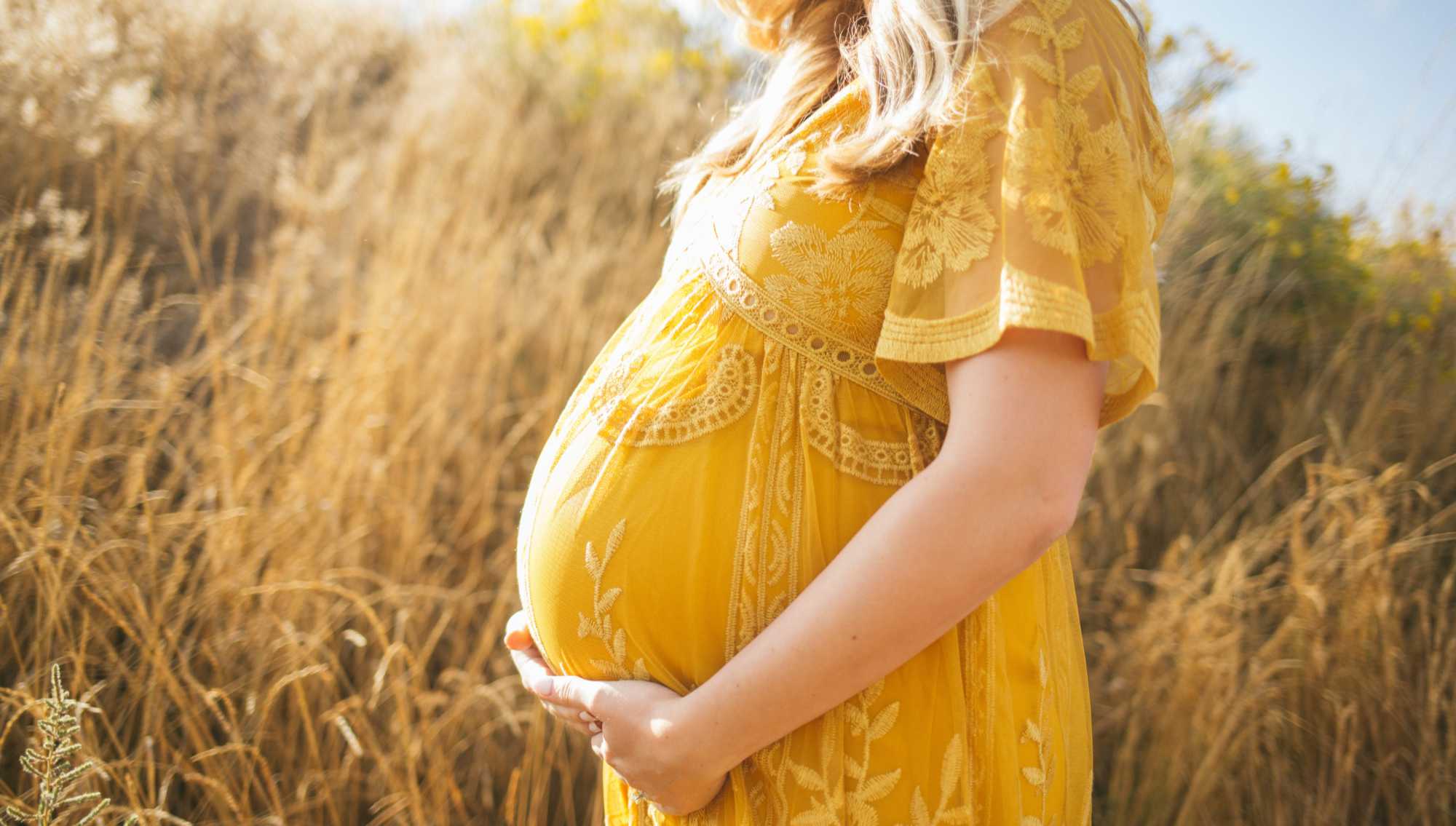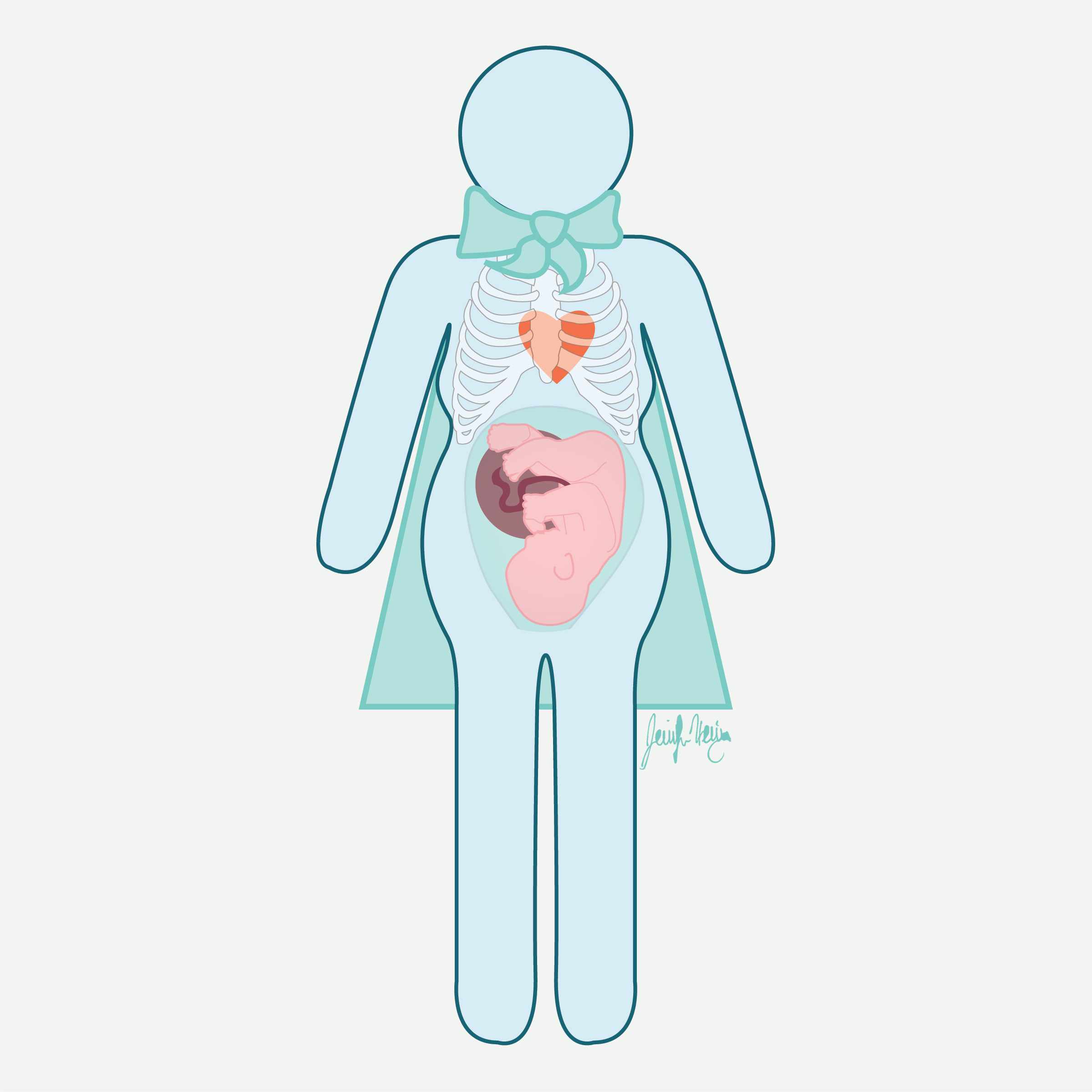With Mother’s Day just around the corner it’s the perfect time to reflect upon the incredible changes that the moms-to-be are experiencing. It’s an exciting although not always a comfortable task to create new life, and an osteopathic manual practitioner can help new moms find better comfort, during their pregnancy and postpartum. Let’s take a look.
Pregnancy: A Few Notes on How the Body Adapts
Body Mechanics: How your Body Stacks
As your baby grows there is an adaptation in the body’s posture. The curvatures of the spine increase and results in a change of forces traveling through your joints and tissues. This means that some of the structures in your body are under greater stress than what they’re used to, and this can lead to discomfort. You may have noticed that your lumbar spine pulls forward and your low back may feel sore. Changes in hormones that soften your body’s connective tissue can exacerbate these forces.
Overall, you may feel fatigued as these mechanical changes require more energy to maintain. Your osteopathic manual practitioner can help relieve these aches and pains by treating restricted joints and tissues, aligning your body’s framework, freeing your body’s motion.
Fluid Changes
There is a greater volume of fluid circulating through your vessels while pregnant and although this greater supply of fluids helps meet the needs of your growing baby and placenta, it’s not always comfortable, and you may find that your wrists or ankles are swollen.
As your pregnancy progresses there is an increase of hormones that promote fluid retention (e.g. estrogen). The fluid being retained in your ankles or wrists needs to move through the vessels of the venous and lymphatic systems in order to move through the body. These two vessel systems are low-pressure which means they require the help of muscle contraction and breathing (more on that below) to move their contents along. Sometimes joint and tissue restrictions create a barrier in this movement and an osteopathic manual practitioner can remove these restrictions to help with that drainage.
Breathing
Did you know that your ribcage changes in shape during pregnancy? The circumference of the ribcage increases and you may find it harder to take a full breath for a couple of reasons,
1 . The larger ribcage circumference and the forward pull of your growing baby belly change the tension placed on the respiratory diaphragm. This is your primary muscle for breathing.
2 . With a growing baby, there isn’t as much room for the respiratory diaphragm to descend when it contracts. That’s right, with a breath in (or inhalation) the respiratory diaphragm contracts and with this action the muscle moves downward towards the abdominal cavity.
Movement of the ribcage and diaphragm is important because it helps move fluids in the low-pressure venous and lymphatic vessels. This is because the respiratory diaphragm act like a pump within the body. It changes pressure gradients between the abdomen and the thorax to pull fluid out of the extremities and towards the heart.
To help you breathe better, and osteopathic manual practitioner can assess the structures of your thorax, ribcage and respiratory diaphragm and get these structures moving.
Basically, as a mom-to-be, you have the body of a superhero! It protects baby and supports you both as baby grows. Your body has the ability to change in order to meet these needs and osteopathy provides a gentle helping hand in keeping your body in its best working order.
Osteopathy’s Role in Prenatal Care
A woman’s body is already built to adapt to the stresses of pregnancy but often pre-existing restrictions can interfere with this regulation. Restrictions may lead to pain, discomfort, swelling or less than optimal movement patterns. An osteopathic manual practitioner finds these restrictions and gently treats them so that you and baby can be more comfortable. Manual osteopathy can improve your body mechanics during pregnancy by improving joint and tissue motion, free up tissues obstructing fluid drainage and also help you breathe easier.
Osteopathy’s Role in Postnatal Care
Receiving manual osteopathic care after the delivery is important to help realign the stresses that your body went through during pregnancy and labour. Not to mention the added stresses of carrying baby and all of baby’s supplies.
I’m pregnant! Now what?
Check in with your osteopathic manual practitioner and let them know! Your practitioner will let you know how to move forward with treatments based on the progression of your pregnancy and your health history.
If you are not currently pregnant, but are planning to start your family, osteopathic manual therapy can help you achieve better body alignment and function as you plan for your new role, Momma.
Find out more about how manual osteopathy can benefit you during pregnancy and find your harmonious body,
Photo by Julie Johnson | Illustration by Jennifer Herring



